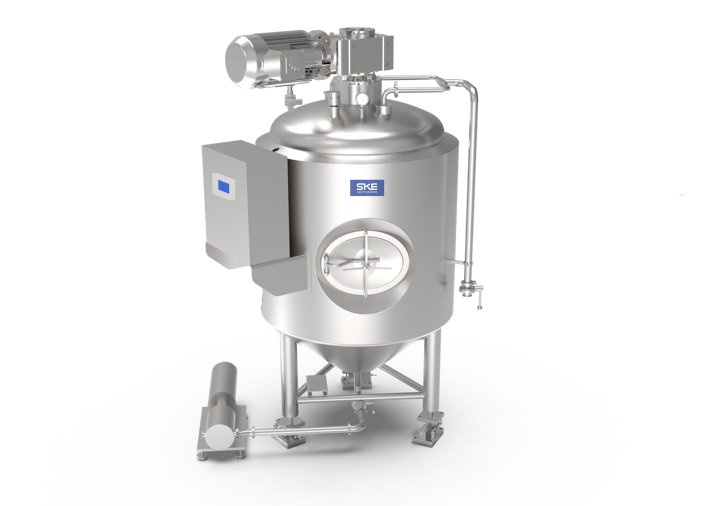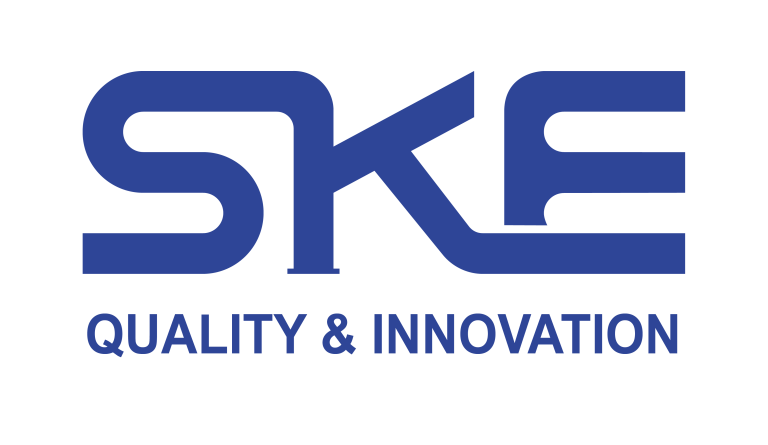Beer brewing equipment isn’t just a collection of tanks and kettles—it’s the backbone of every pint you pour. From the artful conversion of grain into sugar in the saccharification tank to the delicate handling of yeast in beer yeast tanks, understanding each vessel’s role can transform your brew day from guesswork into precision. Whether you’re evaluating offerings from leading beer brewing equipment manufacturers or planning to demo gear at the Summer Fancy Food Show, this deep dive will guide you through:
Core Components of Beer Brewing Equipment
Saccharification Tank vs. Beer Tank: Key Differences
How Saccharification Tanks and Beer Yeast Tanks Work Together
Choosing the Right Beer Brewing Equipment Manufacturer
Troubleshooting Common Equipment Issues
Grab a sample glass—let’s explore the secrets of extraordinary brewing!
1. Core Components of Beer Brewing Equipment
Every beer brewing system relies on a sequence of specialized vessels. Here’s a breakdown:
| Component | Function | SKE Equipment Highlights |
|---|---|---|
| Miller/Mill | Crushes malted grains for optimal starch access | Adjustable gap for consistent grind size |
| Saccharification Tank | Heats and holds mash at precise temperatures | Digital PID control, steam jacketed |
| Lauter Tun/Beer Tank | Separates sweet wort from spent grain | Rakes or false bottom for efficient runoff |
| Boil Kettle | Boils wort with hops for bitterness and aroma extraction | Integrated hop screens, rapid heating |
| Whirlpool Tank | Clarifies wort by spinning out solids | Tangential inlet for strong vortex |
| Heat Exchanger | Rapidly cools hot wort to yeast-pitching temperatures | Plate or shell-and-tube options |
| Beer Yeast Tanks | Ferments and conditions beer with yeast under pressure | Conical bottoms, glycol jackets for control |
| Bright Tanks | Carbonates and holds finished beer before packaging | Adjustable carbonation stones |
SKE Equipment engineers each module for fast integration—ideal for microbreweries scaling at craft speed.

2. Saccharification Tank vs. Beer Tank: What’s the Difference?
While both are central to your beer brewing equipment, their roles differ:
| Feature | Saccharification Tank | Beer Tank (Lauter/Fermenter) |
|---|---|---|
| Primary Purpose | Enzymatic conversion of starches to sugar | Wort separation or fermentation |
| Temperature Range | 62–68 °C | 18–22 °C (fermenter) / 75–80 °C sparge |
| Agitation | Dynamic mixing (rakes or paddles) | Gentle recirculation or none |
| Design Elements | Steam-jacket, digital controls | Conical bottom, pressure-rated lid |
| Cleaning Requirements | High-coverage CIP spray balls | Standard CIP loops |
By isolating these functions, breweries optimize both conversion efficiency and yeast health—core to consistent flavor.
3. Synergy: Saccharification & Beer Yeast Tanks
After wort separation, it’s transferred to beer yeast tanks where fermentation begins. Key connections:
Temperature Handover: Heat exchanger drops wort to fermentation temp before transfer.
Sanitation Continuity: CIP loops link mash, lautering, and fermentation vessels for pathogen-free transfer.
Yeast Harvesting: Conical bottoms concentrate yeast that can be reused in the next batch.
At large shows like the Summer Fancy Food Show, SKE Equipment showcases this seamless workflow, demonstrating how precisely matched vessel geometry and controls yield superior results.

4. Choosing the Right Beer Brewing Equipment Manufacturer
Selecting a supplier is critical. Here’s what serious brewers ask:
| Consideration | Key Questions |
|---|---|
| Material & Craftsmanship | 304 vs. 316 stainless? Welding certifications? |
| Automation & Controls | PLC/HMI integration? Remote monitoring? |
| Scalability | Modular skids? Expansion kits? |
| Sanitation | CIP integration? Valve types? |
| Service & Support | On-site commissioning? Spare parts availability? |
| Cost & Financing | Package pricing? Leasing options? |
SKE Equipment leads as one of the top beer brewing equipment manufacturers, offering modular solutions, robust service agreements, and flexible financing—empowering breweries of all sizes.
5. Troubleshooting Common Equipment Issues
Even the best gear needs care. Here are typical hiccups:
| Issue | Possible Cause | Quick Fix |
|---|---|---|
| Inconsistent Mash Temp | PID miscalibration | Recalibrate sensor; verify setpoint |
| Slow Lautering | Blocked false bottom | Clean or replace screen |
| Excessive Foaming | Aggressive recirculation | Reduce flow rate; adjust hop timing |
| Stuck Fermentation | Yeast stress/temperature | Check glycol circuits; adjust temp |
| CIP Failure | Spray ball blockage | Flush lines; inspect manifolds |
Pair these tips with SKE Equipment’s remote diagnostics to catch small issues before they become batch-ending problems.
Conclusion
From the precise action of the saccharification tank to the life-giving ferment in beer yeast tanks, each element of your beer brewing equipment matters. By understanding vessel roles, selecting a trusted manufacturer like SKE Equipment, and preparing for common troubleshooting, you set the stage for brewing consistency and innovation.

Ready to elevate your brewing game with precision-engineered beer brewing equipment? Partner with SKE Equipment—featured at the Summer Fancy Food Show—to customize the perfect mash, lautering, and yeast management setup for your brewery. Whether you’re refining your saccharification tank profiles or upgrading your beer yeast tanks, our expert team provides turnkey solutions, training, and support.
👉 Request Your Free Equipment Consultation: Contact SKE Equipment
📘 Download Our Brewery Setup Guide: Get Your Copy
Your next breakthrough batch starts with the right gear—let’s brew excellence together! 🍻🚀
